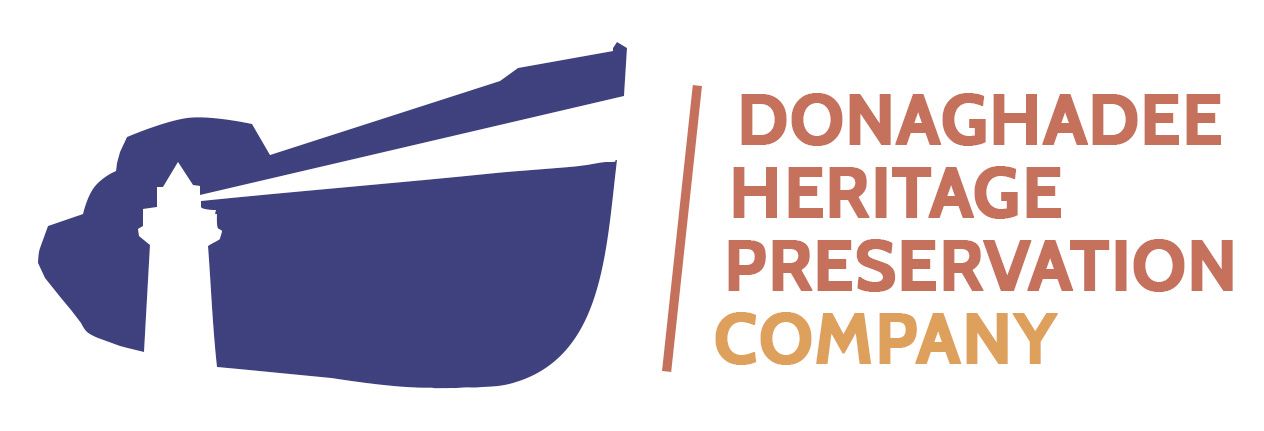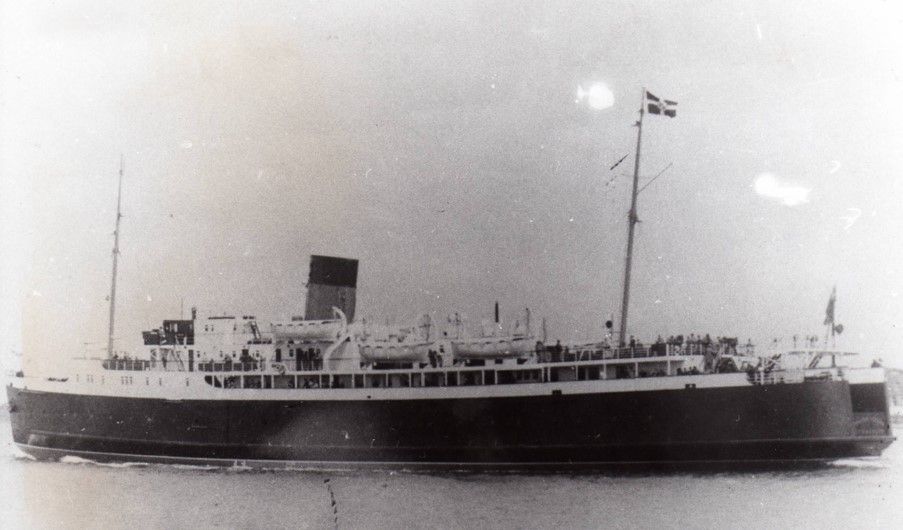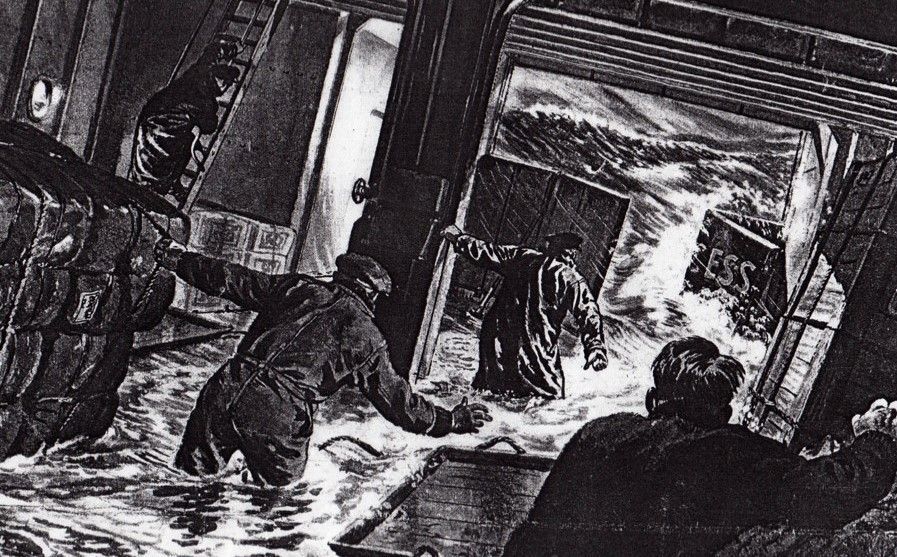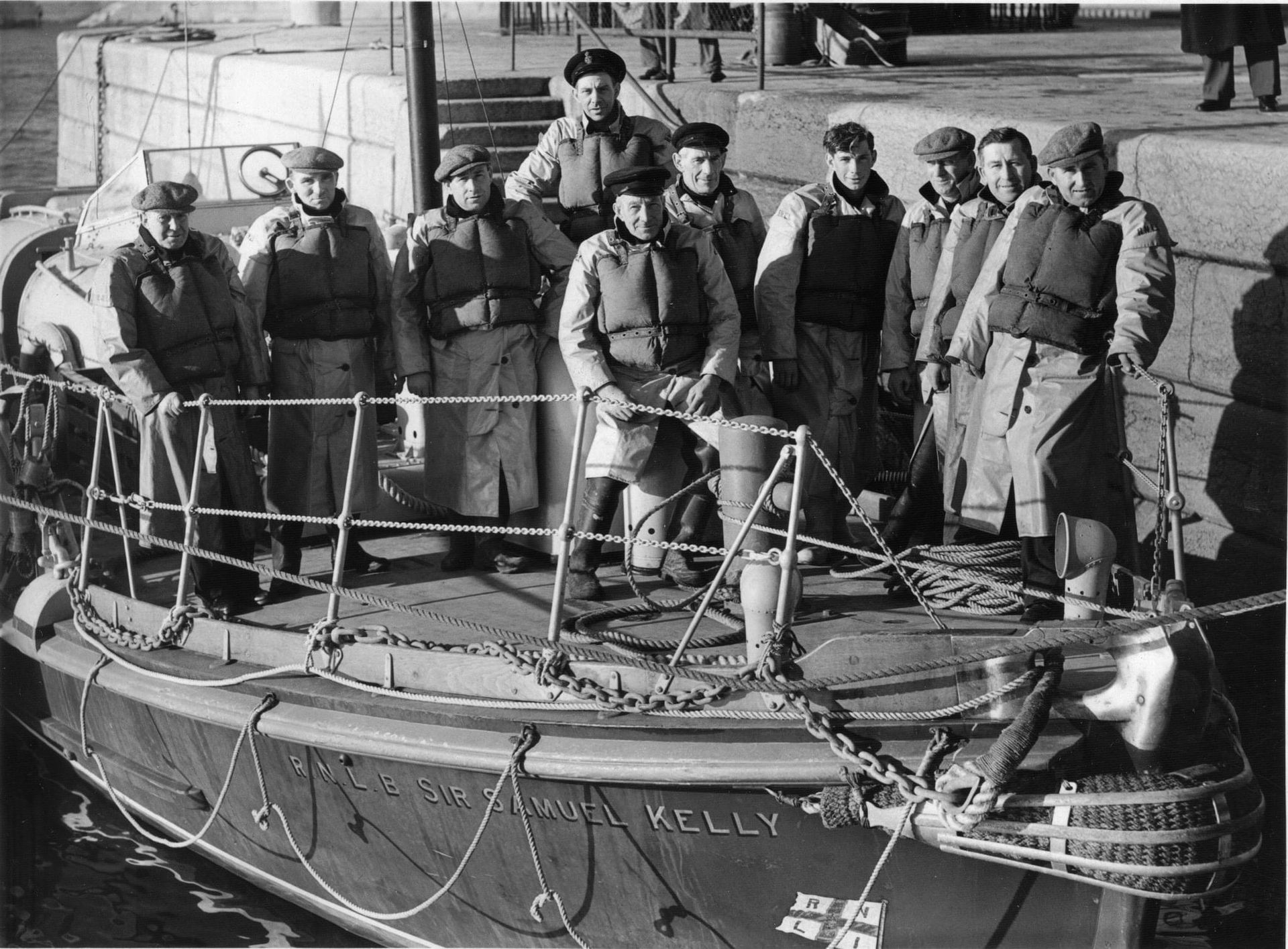The MV Princess Victoria Rescue
Do you have a story to tell about the day the Princess Victoria foundered? Was someone you know crew or a passenger on the doomed car ferry?
If so, we would love to hear from you. Please contact Shirley at s.cochrane@deeheritage.com




